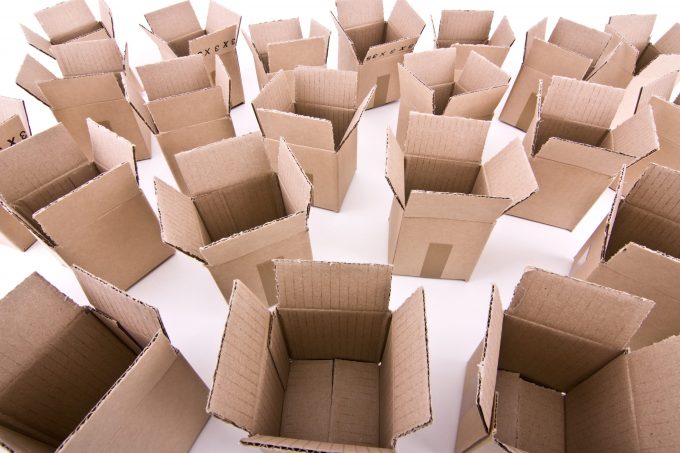Threat of rising oil price adds to frustration for crisis-hit supply chain chiefs
New warnings from the World Bank of surging oil prices, adding to the continuing instability ...

Dock worker strikes across Australian ports operated by DP World are amplifying the Red Sea crisis equipment crunch being largely felt in Asia.
Following shipping delays caused by diversions from the Red Sea, empty-container shortages have been reported on high-yielding trades from Asia.
Peter Sundara Swamickannu, head of global ocean freight product at Visy Global Logistics, told The Loadstar Podcast: “I think equipment shortage is hitting many of us… especially in China we require these containers, but most of the surplus is in Europe.
“Also, many people have forgotten that what’s happening in Australia has an impact on the availability of containers… Both the Red Sea impact and the strikes in Australia have added to the equipment shortages.”
Dock workers throughout Australia have been striking since October in a pay dispute against port operator DP World, which estimated the cost to the Australian economy has been A$86m ($56m) a week.
Today, it was announced that the Maritime Union of Australia had extended strike action until 10 February.
Shipping Australia told The Loadstar: “Container terminals are prioritising full import containers first, then full export containers, and then, if possible, empties for export. But disruption from the strikes is rendering it difficult, if not impossible, to export the empties.
“The situation is aggravated by the fact that import volumes were strong in the past three months, the run-up to Christmas, plus there was a build-up of 20ft containers for the grain export season. However, the forecasted volumes of grains did not materialise, which has left Australia with a lot of empty 20fts.”
According to the director of the Freight and Trade Alliance, Paul Zalai, facilities nominated by shipping lines for the return of empty containers have adopted a cost recovery model.
“Transport operators must return and collect containers to facilities contracted to the shipping line and must pay an access fee with no ability to influence service or price. These empty-container parks are also experiencing happy days with their ‘money tap’ generating increases as high as 60%,” he said.
Listen to this clip from The Loadstar Podcast of Peter Sundara Swamickannu, of Visy Global Logistics
Mr Zalai estimated the cost of this charging regime alone, across all Australian stevedores and empty-container parks, is costing more A$850m a year.
“There is no end in sight, and without a resolution the situation will escalate. It will cascade and cascade and cascade. It’s a problem on a problem on a problem,” Shipping Australia added.
Mr Swamickannu warned: “The last report DP World put forward was they had about 480,000 containers lying in various spots under different statuses, export, import and empties. The empties will have to be repositioned from Australia to, especially, China, but they are not being quickly evacuated… pockets in China continue to face equipment shortages.”
However, Sean Crook, director of Australian forwarder Neolink, told The Loadstar: “I am hopeful that as we get closer to the 10th of February, a deal will be agreed and we can start to move to get our terminals back to some level of normality for all parties involved.”
The Loadstar Premium offers great insight on DP World in Australia and the latest events…
Comment on this article